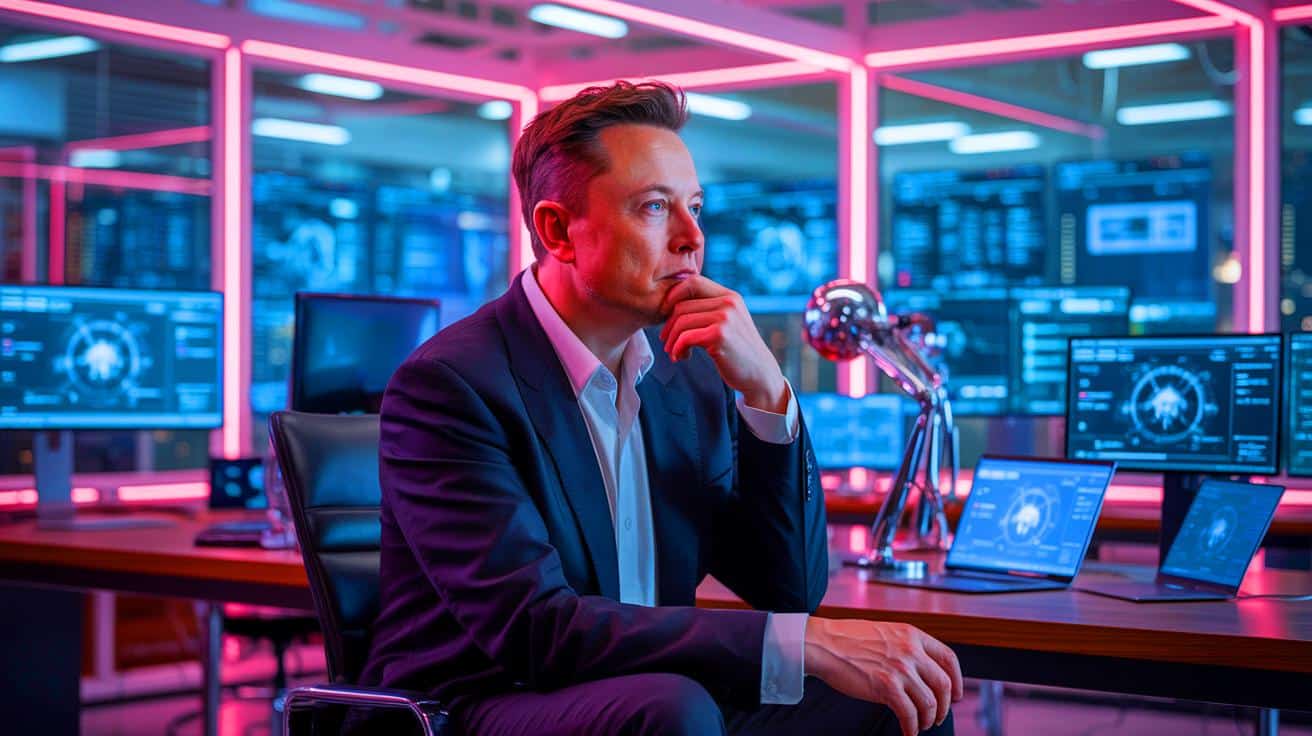Tesla’s upcoming robo-taxi milestone of deploying 2,000 vehicles is expected to significantly boost its margins and potentially double or triple its free cash flow, marking a critical point in the company’s expansion and growth ##
## Questions to inspire discussion.
Tesla’s Robo Taxi Strategy.
🚕 Q: What is Tesla’s approach to deploying robo taxis across the US? A: Tesla plans to seed robo taxis across multiple cities nationwide, rather than focusing on a single market, to demonstrate benefits to regional regulators, define drop-off and pickup zones, and establish presence before scaling up.
🏙️ Q: Which cities are part of Tesla’s initial robo taxi expansion plans? A: Tesla’s robo taxi expansion includes Austin, Bay Area, Nevada, Arizona, Florida, and other states, with Austin and Bay Area currently offering invite-only services.
Financial Impact and Pricing.
